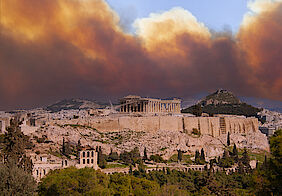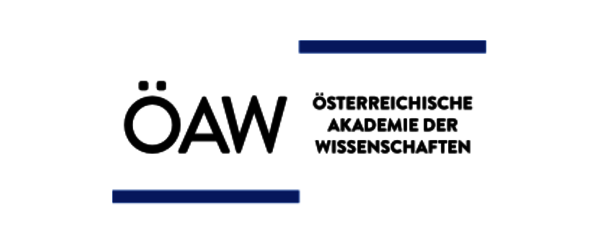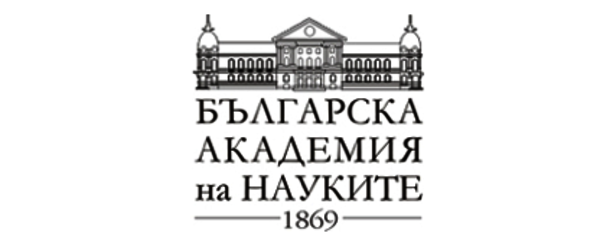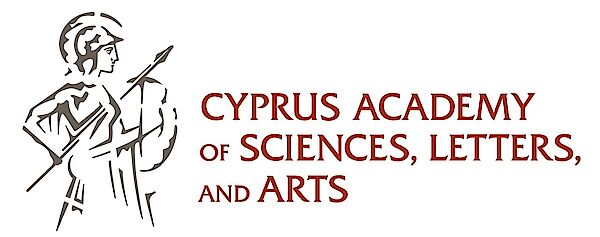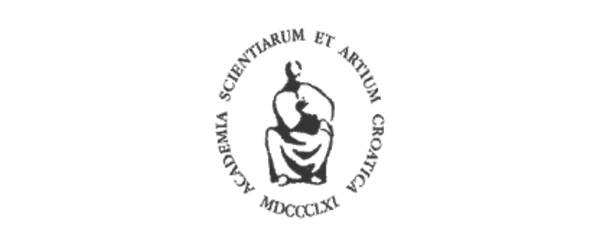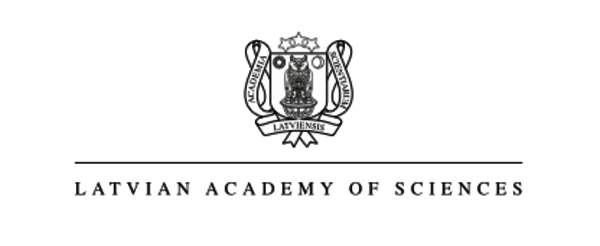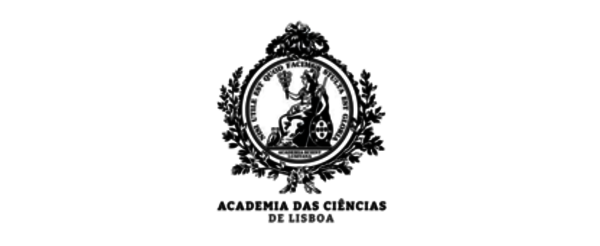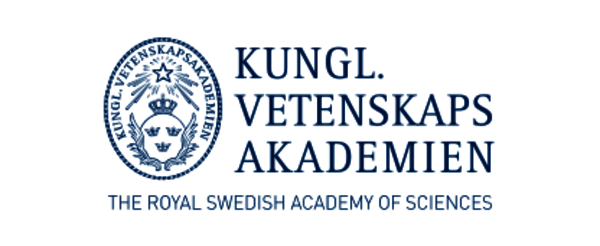News & Academies' activities
“Ignitions can start as far as 14 kilometres away”
According to Kalabokidis, the Municipality of Dionysus in the northern outskirts of Athens is a good paradigm of the wildfires close to Athens that started on 11 August 2024. All types and the entire continuum of Greece's “wildland urban interface (WUI)” are present here. The term WUI describes a zone of transition between unoccupied land and human development, an area where structures meet undeveloped wildland or vegetative fuels. In Dionysus, thousands of homes and people had to be evacuated as exposed to wildfire events, either incoming from neighbouring municipalities or ignited within the city boundaries.
In total, Dionysus has been affected by at least 40 fire incidents over the last 40 years that totally burned more than 40,000 ha, of which, approximately 10% were burned within the limits of the Municipality - some more than once. From the above, questions have been raised in the past and now as to how this extended interface can be affected by potential wildfires, and how much adaption in the future is possible.
“The problem of wildfire spread within inhabited areas of Dionysus and elsewhere is complex and factors such as the fuel type, continuity and density of vegetation, rough topography, chaotic building arrangement, existence of fuel management projects, as well as hot, dry and windy weather play an important role in the exposure of each settlement. In an attempt to answer these and other questions based on data concerning the fire propagation, the current state of fuel and stochastic large wildfire simulations should be thoroughly analyzed”, Kalabokidis explains.
The researchers of Prof. Kalabokidis' team previously found that the “fireshed” area of Dionysus is 35,000 ha large, and wildfires can reach its boundaries from ignitions starting even 14 km away, as is the case with the latest Varnavas fire raging in Athens. The largest simulated fire in previous analyses started in the area of Varnavas and burned 7,500 ha, crossing the entire eastern part of the North-Eastern outskirts of Athens city.
Professor Kalabokidis: “We also found the ignition locations of 20 potential wildfires that can affect up to 20% of all structures in Dionysus town and the vicinity. Our preliminary results could inform where the future fuel management planning, strict fire ignition prevention and proper land use policy should focus to more effectively protect the assets and livelihoods of wildland-urban interfaces and inhabitants of city outskirts. This research is important to increase future wildfire resilience.”
Kostas Kalabokidis is a professor at the Department of Geography of the University of the Aegean.

